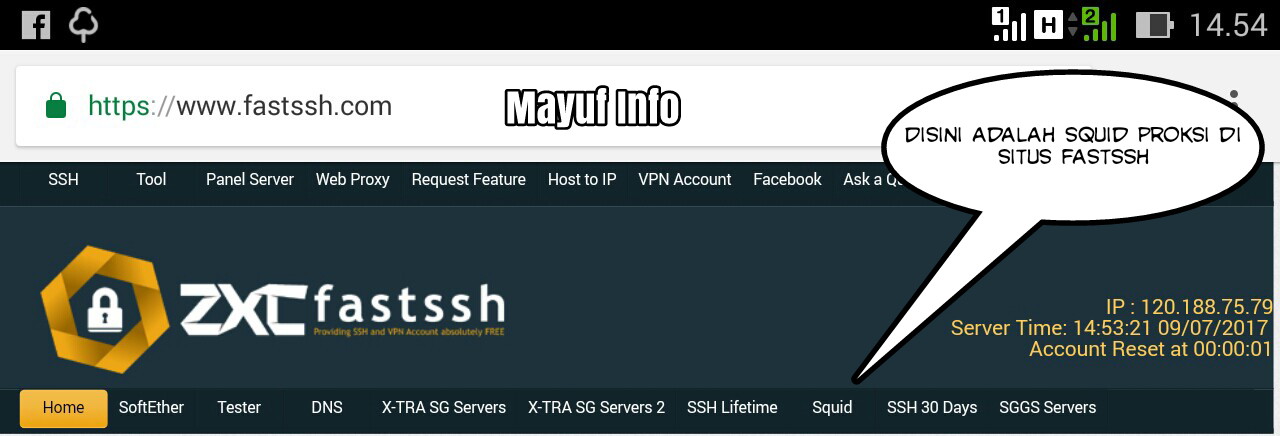
There are some other ssh arguments that can make the port forwarding more convenient for us: -C Requests gzip compression of all data The command is: $ ssh -D s1_ip:p1 command sets up a socks5 proxy server on s1. Users (and include yourself of course) can use this socks5 proxy with address s1_ip and port p1. This kind of proxy server can provide service to other users. After setting up this proxy tunnel, set the proxy option in browser to 127.0.0.1:p1 and using socks5. Any port larger than 1024 can be chosen as p1.

The command is: $ ssh -D p1 is the port on localhost. c0 and s1 in the graph above are the same machine. This proxy server can only be used on localhost, which means the other users can not use it. 1) Proxy listening to localhost port only Whenever a connection is made to this port, the connection is forwarded over the ssh channel, and the application protocol is then used to determine where to connect to from the remote machine. ssh allocates a socket to listen to port on the local side, optionally bound to the specified ip address. This uses ssh’s “dynamic” port forwarding function by using parameter “-D”.
SSH PROXY HOST HOW TO
Now let’s look at how to set up proxy by using ssh tunnel. Using ssh as a proxy to browse the web is very useful under some situation: Local access restriction such as behind a strict firewall in some country, company or school You are in a insecure network environment while you want to login to your account. Maybe most of the time c0 and s1 are the same machines as the simple example at the beginning of the post. The overall system can be shown as this: c0:p0 s1:p1 s2:p2 s3 s1 will act as the proxy server, while s2 connects to the service provider (s3). Then we can set up a proxy server system using ssh tunnel. For example, we have a sshd server s2 and another server s1 as the proxy server. We can set up a more complex proxy server through ssh.

If you want to gain access only to the SSH Bastion, you can perform the following commands e.g: $ ssh Or if you have the appropriate configuration in. IdentityFile /home/abuiquoc/keys/morph/userĪfter such configuration, you can just execute the command: $ ssh 10.0.0.245 ssh directory (.ssh/config) and set all the configurations there # Bastion Config $ ssh -J create a configuration file in your. You have to add the key every time you restart your machine. In order to access your virtual machines with your bastion you can use the -J flag of the ssh command.įirst, add your key to the SSH Agent on your local machine. It should be remembered that in order for the instances to communicate in the private network they must have the "default" Security Group attached. This instance has only the "default" Security Group attached because this instance will be accessed through the SSH Bastion. The guide about using Security Groups is described here:Īnd a second instance which was created from a regular Ubuntu image with no public IP address attached. default - allows internal traffic in the private network.Wekeo-tenant_security_group - this group allows to access the instance via SSH, This instance has 2 Security Groups attached: The first one was created from the image SSH Bastion Host and associated public IP address. Next steps to create a new instance are described in the guide here:įor example, we have created 2 instances.

To create an instance with this image, select "SSH BASTION HOST" in the "Type" tab in the new instance creation form. On WEkEO, we have provided a CentOS 7.5 image that has built-in SSH Bastion functions.

This will give you the flexibility to connect to your environment, without exposure to the internet. The Idea of the SSH Bastion Host is having a well-secured, regularly patched entry point that is the only service that is exposed to the internet, which has a sole purpose - allowing users to connect to the instances which have not an external IP address.


 0 kommentar(er)
0 kommentar(er)
